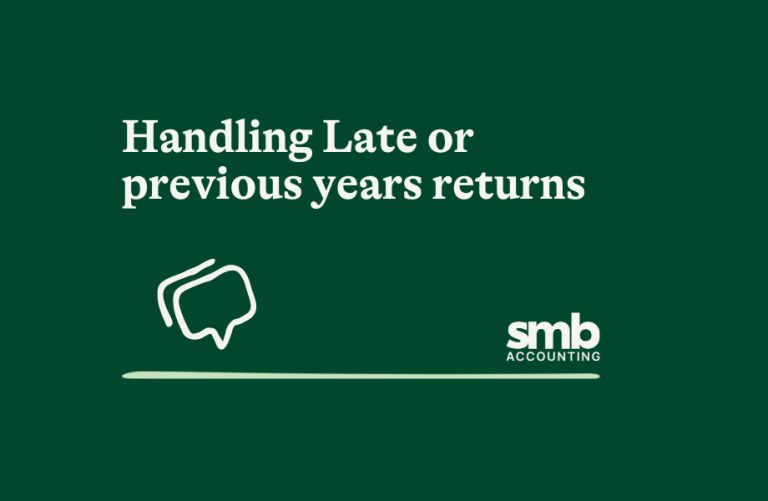JobKeeper Guidance and Payment
Further information has now been released by Treasury to clarify the comparison period is for either;
-
-
- any monthly period from March 2020 to the end of September 2020 OR
- any quarterly period from April to June or July to September, compared to the same monthly or quarterly period in 2019.
-
Importantly, once this self-assessed test is met for either;
(a) a monthly period OR
(b) any quarterly period,
there is no requirement to re-test in later months or quarters.
Eg, if a business assesses that its turnover will fall by 30% in April 2020 compared to April 2019, the business retains its eligibility until the JobKeeper payments stop for all businesses at the end of September 2020, rrespective of its turnover in the months subsequent to April 2020. It is not required to estimate or determine turnover for subsequent periods.
 In addition, where an entity does not qualify in the month eg April 2020, or the April to June quarter, it can re-test in later months or quarters.
In addition, where an entity does not qualify in the month eg April 2020, or the April to June quarter, it can re-test in later months or quarters.
The information acknowledges that comparing monthly or quarterly periods from April 2020 and onwards, to April 2019 and onwards, may not always be possible or may lead to unfair outcomes.
The result is, where the ATO is satisfied that there is no such comparison period in 2019 or there is not an appropriate relevant comparison period, the ATO Commissioner may, by legislative instrument, determine an alternative decline in the turnover test.
The two examples that have been given in the information release relate to;
- businesses that were not in existence for the whole of the comparison period in 2019. (In the explanatory materials, the business is permitted to average its actual turnover, from October 2019 when it came into existence, to March 2020, and then compare that average to its estimated turnover in April 2020).
- businesses that were impacted by a natural disaster during the 2019 comparison period
On a positive note, the ATO Commissioner will retain flexibility to apply other alternative tests and take into account other unique circumstances (aside from natural disaster and start-up businesses) confronted by a business (should the 2019 comparison period not be reflective of typical turnover).
Treasury, in a separate fact sheet, Supporting Business to Retain Jobs, has stated that these alternative tests may include eligibility being established as soon as a business temporarily ceased trading or where a business significantly curtails its operations.
The JobKeeper payments package began on 30 March 2020, legislation was only passed last week, and the pay periods prescribed relate to fortnightly pay periods and the ATO’s guidance has come during the second fortnightly pay period running from 13 April to 26 April.
Hence, the ATO will assume that the minimum payment of $1,500 (before tax) has been paid for each of the first two fortnights, even if it has been paid late, provided it is paid to the employee by the end of April.
Important: If employers do not continue to pay their employees for each pay period, they will cease to qualify for the JobKeeper payment.
“This means that employees can make two fortnightly payments of at least $1,500 per fortnight before the end of April, or a combined payment of at least $3,000 before the end of April,” the ATO said.
While the ATO has set out guidance on determining the decline in turnover test for businesses, it has yet to reveal the alternative tests for businesses where turnover periods are not appropriately comparable.
This will be passed on ASAP as soon as we receive such information.
Guidance for sole traders and businesses that operate in the form of a company, trust or partnership will also soon be provided by the Tax Office.
It is also important to note, it has been confirmed that the payment will be limited to one entitlement for each director of an entity, even if there are multiple business owners or participants.
How To Enrol and Apply for JobKeeper
There are eight (8) steps that businesses or their advisors have to take to enrol for JobKeeper:
- Register your interest and subscribe for JobKeeper payment updates
- Check your employees meet the eligibility requirements.
- Continue to pay at least $1,500 to each eligible employee per JobKeeper fortnight (the first JobKeeper fortnight is the period from 30 March to 12 April).
- Notify eligible employees that you are intending to claim the JobKeeper payment on their behalf and check they aren’t claiming JobKeeper payment through another employer or have nominated through another business. If they are receiving JobSeeker they need to notify Centerlink to cancel.
- Send the JobKeeper employee nomination notice to your nominated employees to complete and return to you by the end of April if you plan to claim JobKeeper payment for April.
- From 20 April 2020, I can enrol clients or you can enrol yourself with the ATO for the JobKeeper payment. You must do this by the end of April to claim JobKeeper payments for April.
- In the online form, provide your bank details and indicate if you are claiming an entitlement based on business participation, for example if you are a sole trader.
- Specify the estimated number of employees who will be eligible for the first JobKeeper fortnight (30 March – 12 April) and the second JobKeeper fortnight (13 April – 26 April).
Download Article – Jobkeeper Guidance
Please feel free to share to any person you may think may benefit 😊
If you need any assistance, please get in contact with us at
P 1300 854 159





